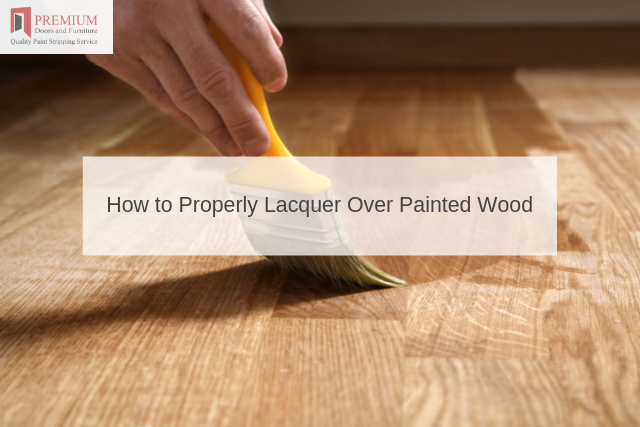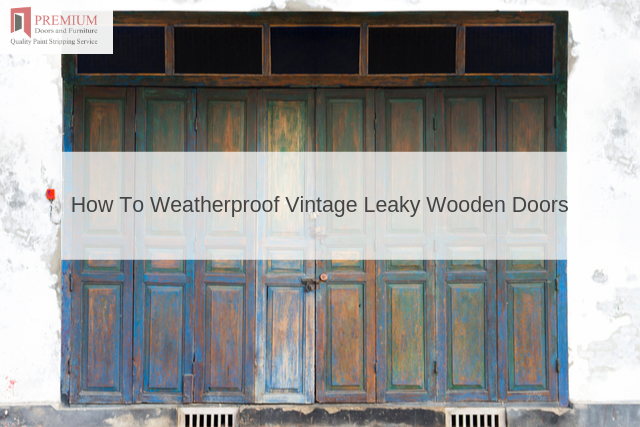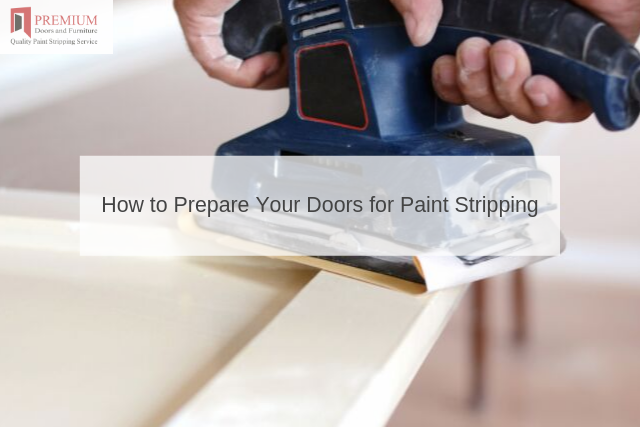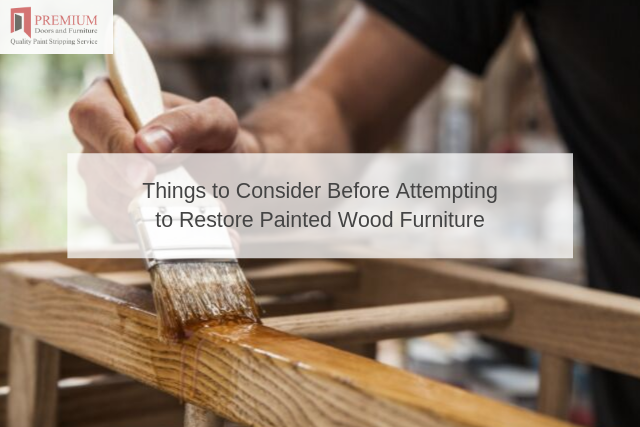
Removing paint from different surfaces will often require the use of unique methods. One example is you happen to need to strip paint from a metallic surface. Unlike wood, this task can be a bit more intensive.
This is why appreciating some of the options at your disposal is always a good idea. Let’s take a look at two processes that are often employed by professionals so that you can make the most appropriate decision.
Mechanical Techniques
There are times when a rotary disc sander can help you remove spray paint from metallic surfaces. However, the normal sanding disc will need to be replaced with a wire brush mechanism.
If you are working on a more intricate surface, then the use of this tool is often not practical. Let’s say that your goal is to strip paint from metal fencing. This means that it will be impossible for you to employ larger equipment in order to do so successfully.
For projects such as radiator paint stripping, then you will need to use small tools. This includes items such as hand-held wire brushes, grinding stones and even special scouring pads.
When working on car paint stripping, there are times where it can be difficult for you to remove the top layer of metal finishings by using other types of equipment because they lack precision control.
Chemical Alternatives
In order to access hard-to-reach areas, it could be prudent to use acetone. This is a liquid paint and varnish remover which should be able to deal with most materials.
Acetone is a chemical solvent that is available from a number of retail outlets. This includes hardware stores and supermarkets as well as online shops.
Acetone can be used to remove paint from some types of metal surfaces, although it may not work on all coatings. It is worth mentioning that acetone fumes are dangerous.
Therefore, this should be used in a well-ventilated area. It is also best to wear gloves when working with acetone and it’s advisable not to use the substance on painted or varnished surfaces as these can become damaged through contact with this type of chemical solvent.
To remove spray paint from metal with this chemical, place the object in a bucket containing the acetone and leave it for approximately an hour. The item should then be removed to check whether all the paint has been softened sufficiently so that it will come off easily with some gentle rubbing using steel wool or fine wire wool.
If you are still having issues in removing the paint, then contact a professional paint stripping company like Premium Door Stripping who deal with this task on a day to day basis and will be able to easily remove the paint for you.
If you’re still having trouble removing the paint, then contact a professional stripping company like Premium Door Stripping who deal with this task on daily basis and can easily get rid of it for you.












